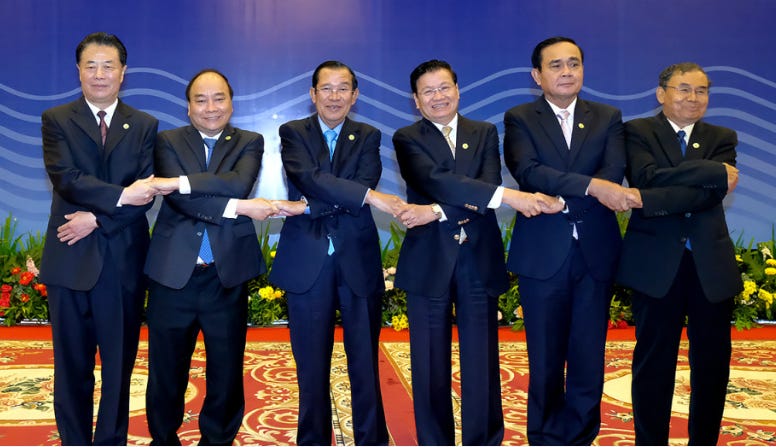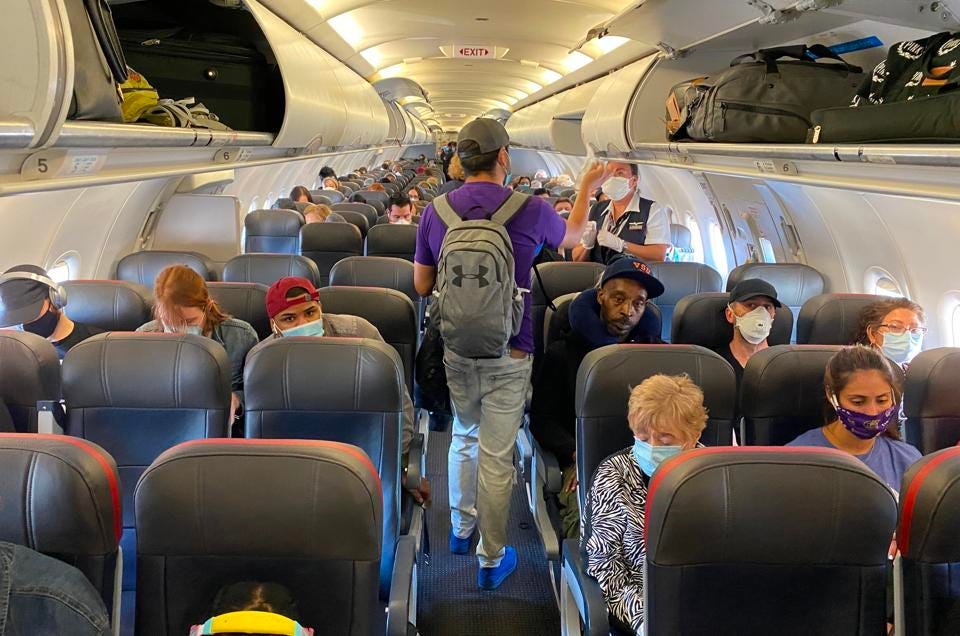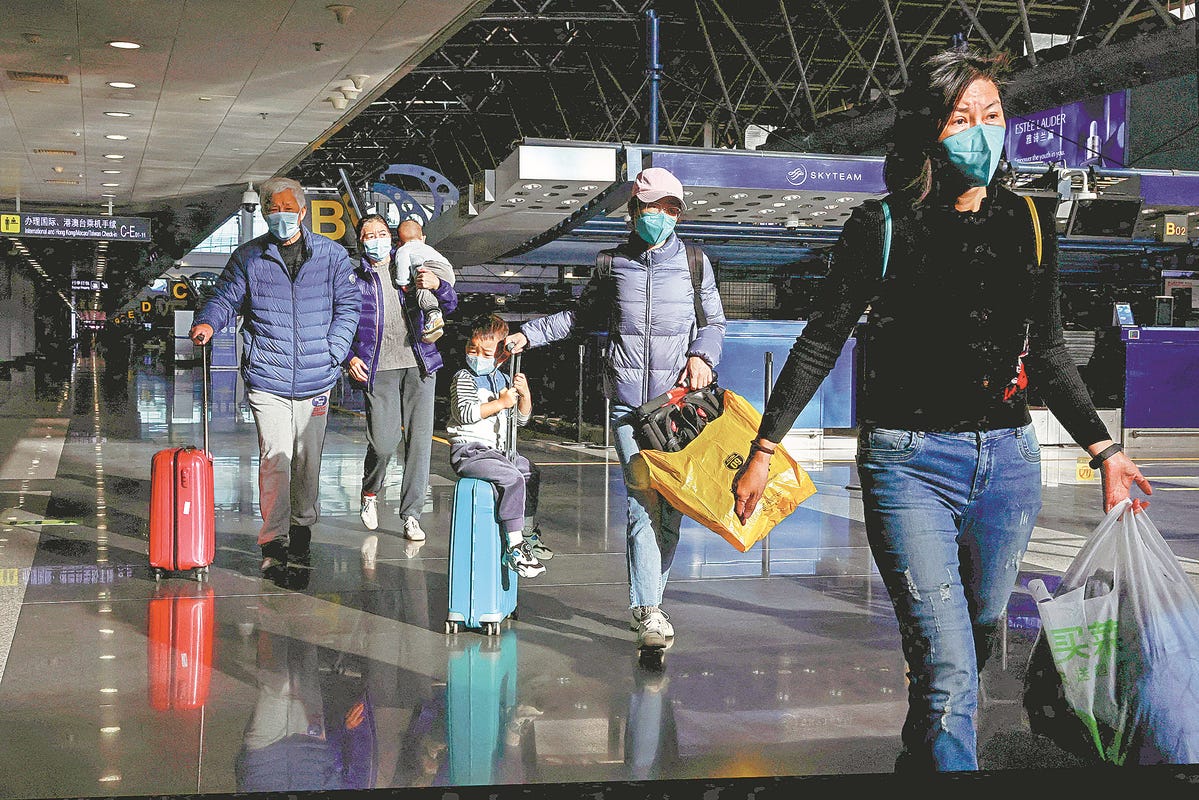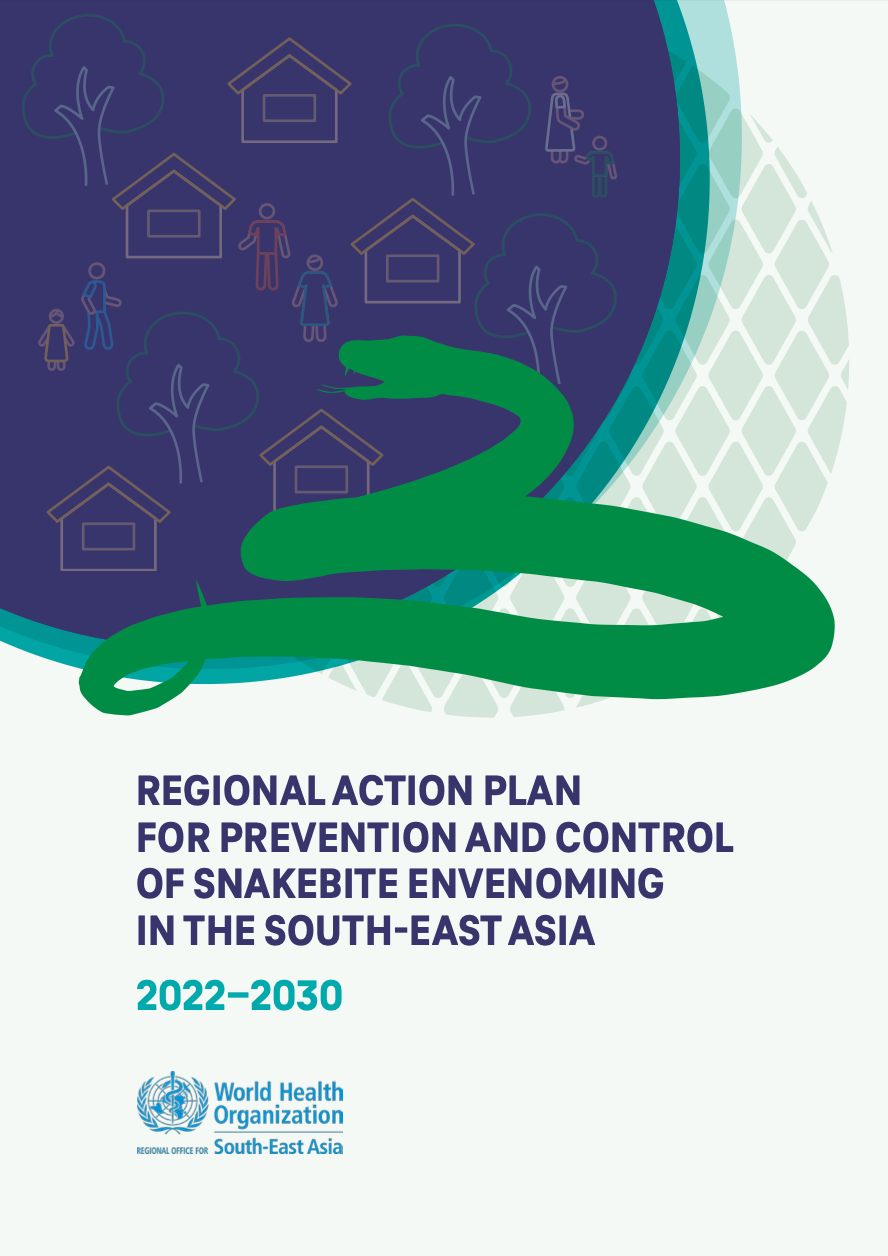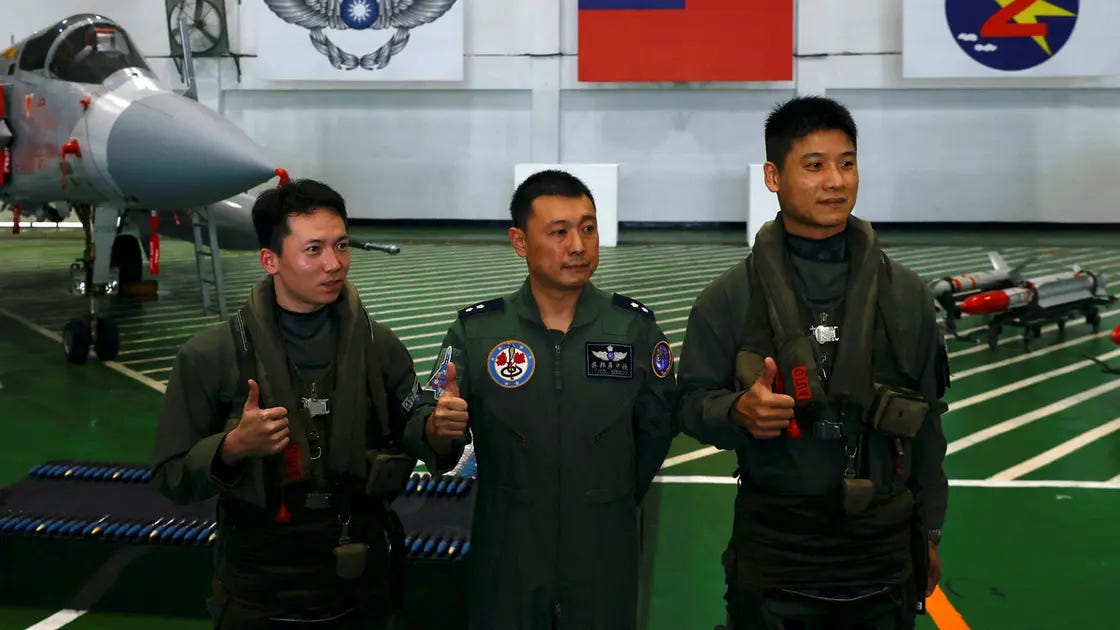Mekong Summit
Mekong PM's to meet in April, China's brain boom, USA XBB.1.5 explodes, Japan and ROK get a dose of their own medicine, rabbits are cute, snakes are deadly, NATO pilots Taiwan mission
UPDATE: Mekong Summit in April with PMs and top officials set for progress. China tops scientific research publishing. Highly transmissible XBB.1.5 omicron variant is surging in the United States, landing in Europe and limited in China, but WHO says wear masks on flights. Japan and South Korea are suffering the consequences of their non-scientific [political] decisions to impose restrictions on Chinese travellers. The Long Mekong Daily loves rabbits, but not snakes. Taiwan pilots NATO course could signal a crash landing for Tsai Ing-wen.
In a statement released in Vientiane Tuesday the MRC Secretariat said the summit of leaders and an international conference in the Lao capital from April 2 to 5 would “deliberate the fate of the Mekong River Basin.” The summit is also expected to be attended by high-level representatives of China and Myanmar, the MRC’s dialogue partners.
“The Mekong is undergoing tremendous transformations,” said Dr. Anoulak Kittikhoun, the secretariat’s Chief Executive. “We need to innovate constantly — in policy, approach and technology — to make the management and development of the Mekong River Basin more responsible and sustainable,” Dr. Anoulak said.
The statement said about 400 people were expected to attend the international conference on innovation and cooperation for a water-secure and sustainable Mekong on April 2 and 3. “This global event will cover reflections on critical developments, prospects, and issues in managing the Mekong River Basin,” it said.
Panel sessions are expected to focus on how technology and cooperation are transforming transboundary water management, and how responsible financing and gender inclusiveness are affecting water resource management.
Recommendations will be conveyed to the summit where leaders are expected to determine the “future and strategic direction” of the Mekong, the statement said.
Read more here.
Register here.
China’s scientific supremacy shifting balance of power
China now publishes more high-quality science papers than any other nation. By at least one measure, China now leads the world in producing high-quality science. My research shows that Chinese scholars now publish a larger fraction of the top 1% most cited scientific papers globally than scientists from any other country.
I am a policy expert and analyst who studies how governmental investment in science, technology and innovation improves social welfare. While a country’s scientific prowess is somewhat difficult to quantify, I’d argue that the amount of money spent on scientific research, the number of scholarly papers published and the quality of those papers are good stand-in measures.
China is not the only nation to drastically improve its science capacity in recent years, but China’s rise has been particularly dramatic. This has left US policy experts and government officials worried about how China’s scientific supremacy will shift the global balance of power.
China’s recent ascendancy results from years of governmental policy aiming to be tops in science and technology. The country has taken explicit steps to get where it is today, and the US now has a choice to make about how to respond to a scientifically competitive China.
Read full article here.
WEAR A MASK - XBB.1.5 highly transmissible Omicron sub-variant accounts for 27.6% of Covid-19 cases in United States
The World Health Organization (WHO) on Tuesday said countries should consider recommending that passengers wear masks on long-haul flights, given the rapid spread of the latest Omicron subvariant of Covid-19 in the United States.
Addressing a press briefing here, the WHO and Europe officials said the XBB.1.5 subvariant was detected in small but growing numbers in Europe. Catherine Smallwood, WHO's senior emergency officer for Europe said, “Passengers should be advised to wear masks in high-risk settings such as long-haul flights. This should be a recommendation issued to passengers arriving from anywhere where there is widespread Covid-19 transmission."
XBB.1.5 - the most transmissible Omicron subvariant detected so far - accounted for 27.6% of Covid-19 cases in the United States for the week ended January 7, health officials have said as quoted by Reuters. Experts had said that it was unclear if XBB.1.5 would cause its own wave of global infections and the current vaccines continue to protect against severe symptoms, hospitalization and death.
"Countries need to look at the evidence base for pre-departure testing and if action is considered, travel measures should be implemented in a non-discriminatory manner," Smallwood said. Measures that could be taken include genomic surveillance, and targeting passengers from other countries as long as it does not divert resources from domestic surveillance systems. Others include monitoring wastewater around points of entry such as airports.
Visit the WHO website here.
China suspends visa issuance for Japanese, South Korean citizens
China’s National Immigration Administration said on Wednesday that it has suspended the issuance of port visas to Japanese and South Korean citizens and has excluded them from the nation's 72- and 144-hour visa-free transit policy.
The new rules took effect on Wednesday, the NIA said.
It said the suspension was a response to recent discriminatory entry restrictions related to the COVID-19 pandemic that were imposed recently by the two nations on Chinese citizens.
The Chinese embassy in Seoul said in a statement on Tuesday that short-term visas for South Koreans to visit China for business, tourism and other personal affairs would be suspended. In addition, the Chinese embassy in Tokyo announced that it had halted the processing and issuance of such visas for Japanese citizens looking to visit China.
Foreign Ministry spokesman Wang Wenbin said on Tuesday that China has been communicating with both countries and has elaborated on the science-based and reasonable refinement of its epidemic control measures as well as the nation's current COVID-19 situation.
Read more here.
Chinese Blue Rabbit Zodiac Stamp Becomes Unexpected Viral Hit for Looking “Horrific”
This year’s China Post zodiac stamp triggered controversy and immediately sold out. Some think it’s cute, others say it’s “nightmare fuel.” A zodiac stamp issued by China Post on the occasion of the Year of the Rabbit has become an unexpected viral hit. Not because of its pretty design, but because the red-eyed blue rabbit triggered controversy for being “monster-like.”
This year’s Chinese New Year’s stamp has become an absolute hit after heated online discussions about the striking stamp design.
Every year since 1980, China Post releases official zodiac stamps before the Spring Festival. This year, to celebrate the upcoming Year of the Rabbit, China Post released two stamps: one featuring a blue rabbit with hands holding a pen (a wordplay because ‘blue rabbit’ and ‘blueprint’ sound similar in Chinese), the other showing three rabbits jumping in a circle.
Although the design of the stamps already came out on 26 December, when advance sales commenced, China Post did not officially release the stamps until 5 January.
The blue rabbit design has become a topic of discussion on Chinese social media, where some think the red-eyed blue rabbit looks like a rat. Others think it looks “evil” or “monster-like,” and some even called it “horrific.”
Others wondered if the blue rabbit on the official Spring Festival zodiac stamp looked so wild because it just had Covid.
Read full article here.
Regional Action Plan for prevention and control of snakebite in South-East Asia 2022–2030
The Regional Action Plan for prevention and control of snakebite envenoming in South-East Asia 2022–2030 was published in December, in New Delhi, India. The document builds on the 2019 global strategy by accelerating efforts to halve the number of deaths and disabilities due to snake bites in the Region by 2030.
Snakebite envenoming is a neglected tropical disease that afflicts people living in poverty. An estimated 1.8–2.7 million people worldwide are envenomed annually. The South-East Asia Region is a biodiversity hotspot for venomous snakes, and is also home to some of the world’s most densely packed agrarian communities. Snakebites in the region contribute to almost 70% of estimated global snakebite deaths.
Like many neglected tropical diseases, most deaths and serious consequences of snakebite are preventable with safe and effective treatment. Yet lack of awareness, inequitable access to appropriate treatments (such as antivenoms), and socioeconomic challenges mean many rural ghpeople continue to suffer disproportionately.
“The people most affected by snakebite are typically those with the least access to services and medicines. Therefore, universal health coverage based on robust health systems and people-centered primary health care is the most powerful force to reduce the impact of snakebite envenoming. Engaging communities and national and international partners to extend awareness, knowledge, and access to care as much as possible will ensure that no person or community is left behind, and this is also essential.”
Download the full report here.
Taiwan officer reveals details of rare interaction with NATO
A Taiwan air force officer revealed details on Wednesday of a rare interaction between the island’s military and NATO, describing how he had attended a six month academic programme with senior officials in Italy.
Taiwan [province of] China has no formal diplomatic relations with any NATO members, but has close defence ties with the United States, the island’s main international source of arms and NATO’s largest member state.
Speaking to reporters on a trip to the Hsinchu air base in northern Taiwan, air force Lieutenant Colonel Wu Bong-yeng said he had attended a six month course at the NATO Defence College in Rome in 2021, returning to Taiwan in January last year.
“This was an academic exchange, not a military exchange,” he said. “Of course they were very curious about Taiwan.” “They need to understand our country’s situation, and our abilities,” he said.
NATO did not immediately respond to a request for comment.
Taiwan’s defence ministry told Reuters that Wu was not the first officer it had sent to the defence college. It did not elaborate. While the Taiwanese and U.S. militaries do cooperate, including some Taiwanese fighter pilots training in the United States, the island has only limited interactions with other foreign militaries.
In its new strategic concept agreed in June, NATO described China as a challenge to the alliance’s “interests, security and values”, as an economic and military power that remains “opaque about its strategy, intentions and military build-up”.
China has increased its military, political and economic pressure on the island over the past three years to assert its sovereignty claims, which are strongly rejected by Taiwan. Taiwan has vowed to defend itself it attacked and says only the Taiwanese people can decide their future.
On Sunday, China again carried out combat exercises near Taiwan province, the second time it has done so in less than a month. In August, China staged large-scale war games around Taiwan to express anger at then-U.S. House Speaker Nancy Pelosi visiting Taipei.
Hsinchu, better known internationally as a semiconductor production hub, is also home to one of the island’s most important air bases with responsibility for the defence of Taiwan’s north.
Flying exercises involving the air force’s French-made Mirage jets were held in front of the media on Wednesday in what the defence ministry said was part of routine drills.
Taiwan’s air force is well trained but dwarfed by that of China’s, and has come under strain from having to repeatedly scramble to see off almost daily incursions by Chinese jets near the island and in its air defence zone.
Read full story here.




